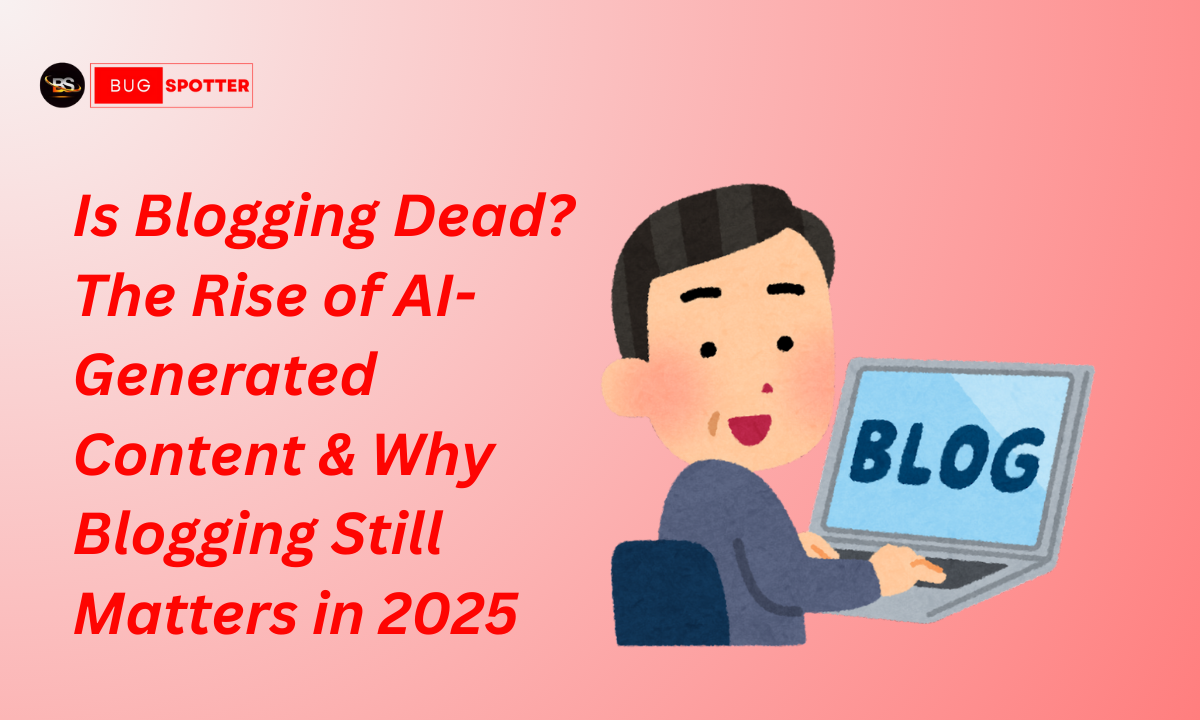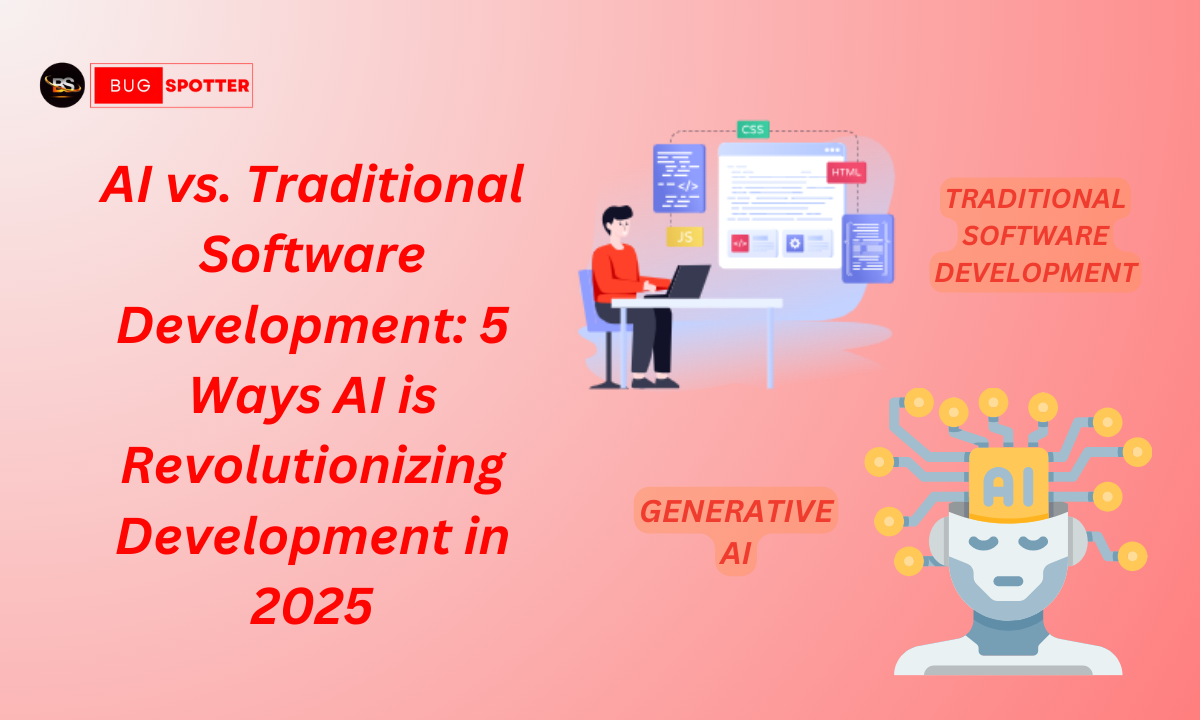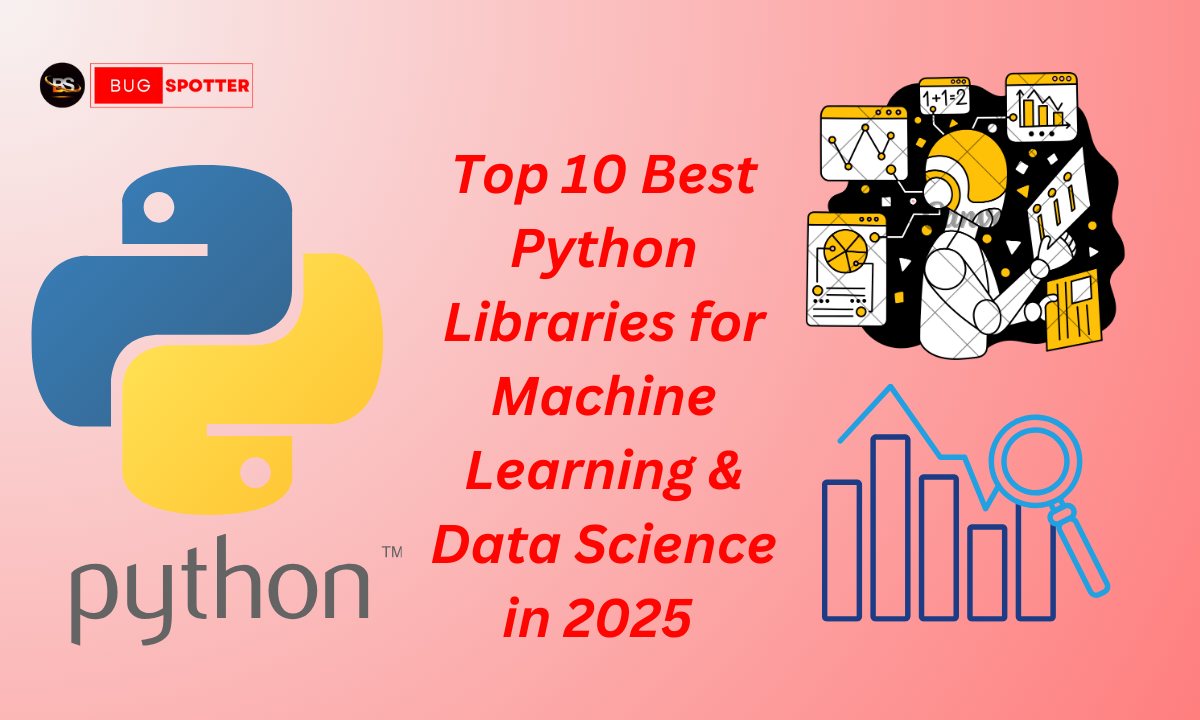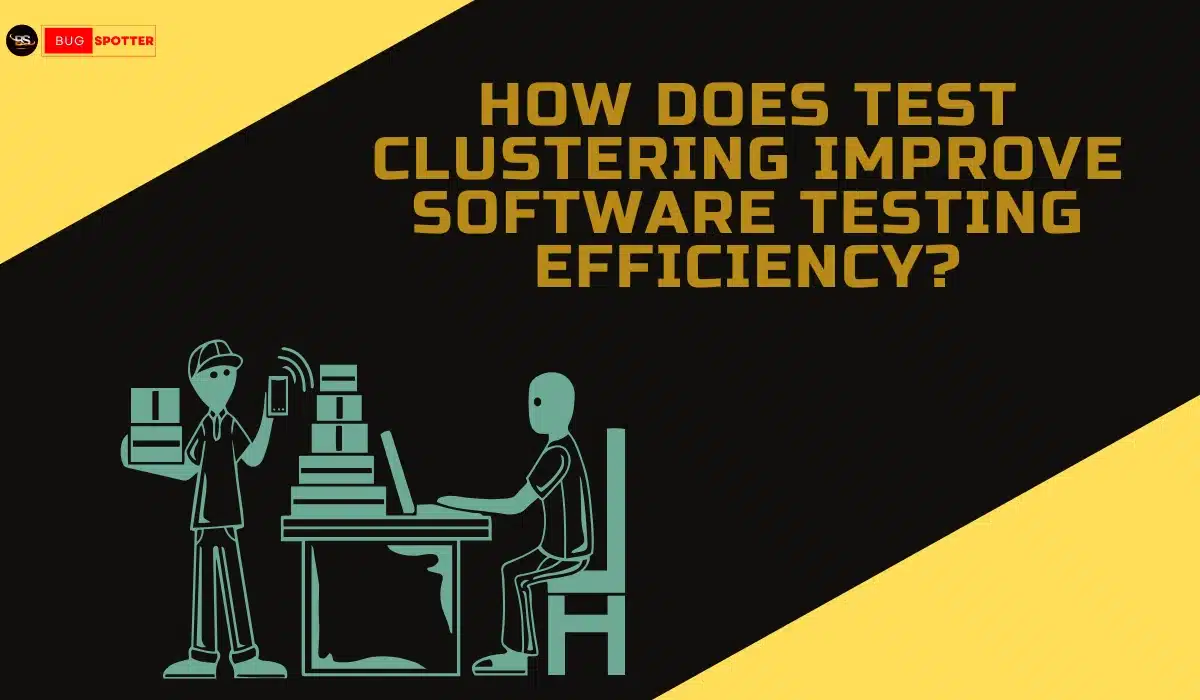What is AI generated Deepfakes ?
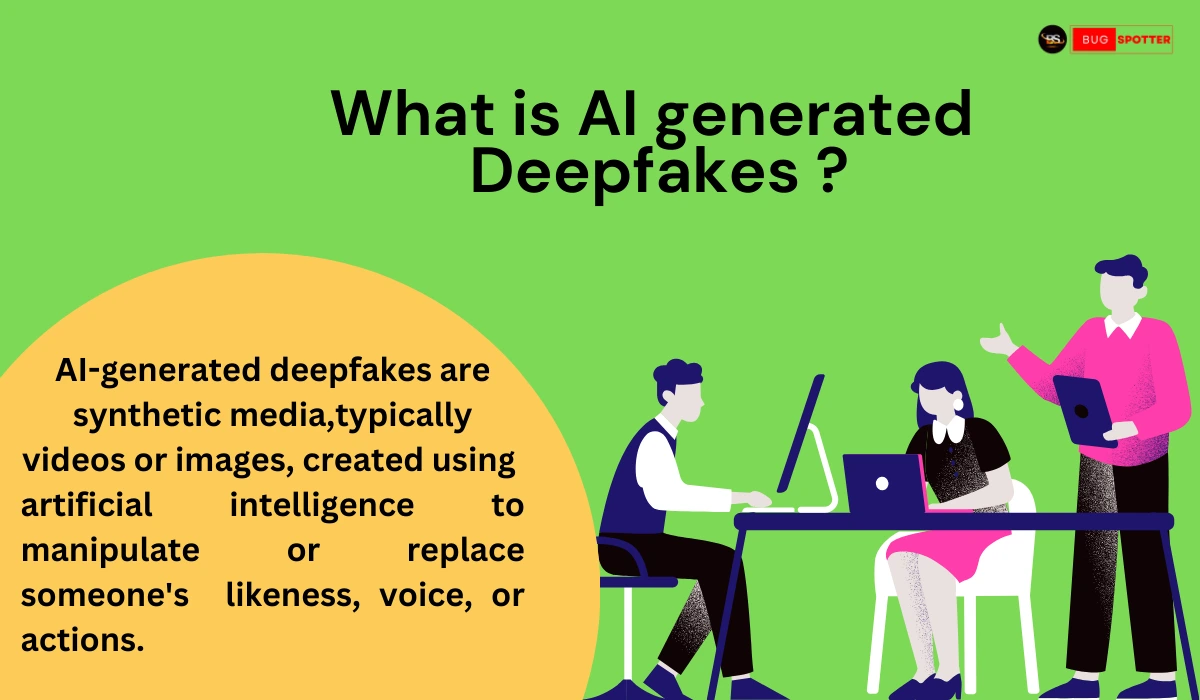
Deepfakes are synthetic media, typically videos or images, that use AI and machine learning to manipulate or replace faces, voices, and movements convincingly. While deepfakes have legitimate applications, they also pose significant ethical and security concerns.
This article explores the technology behind deepfakes, their applications, potential risks, and the countermeasures available to detect and mitigate them.
What is AI-Generated Deepfakes?
AI-generated deepfakes are artificial media created using advanced machine learning techniques, such as deep learning and neural networks, to manipulate or generate realistic videos, images, or audio. These synthetic representations can be so convincing that they make it challenging to distinguish between real and fake content. In this post, we will dive deep into what deepfakes are, how they are created, their implications, and how you can identify them.
What Are Deepfakes?
Deepfakes leverage deep learning, specifically Generative Adversarial Networks (GANs), to generate realistic-looking content. GANs consist of two neural networks: a generator that creates fake images and a discriminator that attempts to identify them. Through iterative training, the generator improves until the fake content is nearly indistinguishable from real media.
How Deepfakes Are Created
- Data Collection: The AI model is trained on thousands of images or video frames of the target person.
- Face Mapping: The AI analyzes facial features, expressions, and movements.
- Synthesis: The deep learning model swaps faces or alters expressions while maintaining realism.
- Post-Processing: Final enhancements improve visual and audio fidelity.
Applications of Deepfake Technology
1. Positive Uses of Deepfakes
- Entertainment and Film Industry: Used for de-aging actors, dubbing movies, and even resurrecting deceased actors.
- Education and Training: AI-generated historical figures or instructors provide immersive learning experiences.
- Accessibility: AI can create personalized voice assistants and help people with speech impairments.
- Gaming and Virtual Reality: Enhances realism in virtual environments.
2. Negative Uses of Deepfakes
- Misinformation and Fake News: Politicians and public figures can be manipulated into saying false statements.
- Fraud and Scams: AI-generated voices and videos are used in identity fraud and phishing attacks.
- Cyberbullying and Harassment: Non-consensual deepfake content has been weaponized against individuals.
- Security Threats: Can be used to bypass biometric security systems.
Risks and Ethical Concerns
| Risk | Description |
| Misinformation | Can be used to spread fake news, misleading the public. |
| Political Manipulation | Governments and organizations can use deepfakes to alter public perception. |
| Privacy Violation | Individuals’ identities can be used without consent. |
| Financial Fraud | AI-generated voices can impersonate people for fraudulent transactions. |
| Legal and Ethical Challenges | Raises questions about digital rights and accountability. |
Financial and Security Losses Due to Deepfakes
| Type of Loss | Impact |
| Corporate Fraud | Companies have lost millions due to deepfake scams impersonating executives. |
| Stock Market Manipulation | Fake statements from CEOs and politicians have led to stock fluctuations. |
| Identity Theft | Individuals suffer financial losses when deepfake scams are used to access accounts. |
| Reputation Damage | Public figures and companies have faced irreversible brand damage due to fake media. |
| Cybersecurity Breaches | Deepfake-based authentication bypasses pose risks to sensitive systems. |
Countermeasures Against Deepfakes
1. Detection Techniques
AI-Powered Deepfake Detectors:
- Algorithms trained to detect manipulated content.
Watermarking and Digital Signatures:
- Embedding authentication markers in original media.
Blockchain Verification:
- Storing original content on a tamper-proof ledger.
Reverse Image and Video Searches:
- Checking if media has been altered or taken out of context.
2. Prevention Techniques
AI-Enhanced Content Authentication:
- Implementing AI tools to verify media authenticity before publication.
Public Awareness Campaigns:
- Educating individuals on how to recognize and report deepfakes.
Strict Legislation and Enforcement:
- Governments should enforce stricter laws against deepfake creation and distribution.
Improved Cybersecurity Measures:
- Organizations should enhance digital security to prevent data breaches that could be used to create deepfakes.
Encouraging Ethical AI Development:
- Promoting responsible AI use and discouraging malicious applications.
Collaborations Between Tech Companies and Regulators:
- Joint efforts can help establish industry-wide standards for deepfake detection and prevention.
3. Legal and Policy Measures
Deepfake Regulations:
- Governments are enacting laws against malicious deepfake use.
Content Moderation:
- Social media platforms are improving deepfake detection and removal policies.
Public Awareness:
- Educating users on how to recognize and report deepfakes.
Future of Deepfake Technology
Deepfake technology will continue evolving, offering both opportunities and challenges. Advances in AI detection, improved regulations, and increased awareness will help mitigate risks. Ethical AI use will be critical in ensuring that deepfakes serve humanity rather than harm it.
Frequently Asked Questions
1. Can deepfakes be detected?
- Yes, AI-based tools and forensic techniques can identify subtle inconsistencies in deepfake content.
2. Are deepfakes illegal?
- It depends on the intent and jurisdiction. Some countries have criminalized malicious deepfake use.
3. How accurate are deepfake detectors?
- Detection algorithms are improving but still face challenges with highly sophisticated deepfakes.
4. How can I protect myself from deepfake scams?
- Verify sources, use trusted communication channels, and stay informed about emerging threats.
5. What is the most advanced deepfake AI?
- OpenAI’s DALL·E, Meta’s AI tools, and DeepFaceLab are among the most advanced in deepfake creation.
AI-generated deepfakes present both innovation and threats. While they have promising applications in entertainment and accessibility, their misuse can lead to misinformation, fraud, and privacy violations. Governments, tech companies, and individuals must collaborate to develop detection techniques, enforce regulations, and spread awareness to counter deepfake threats effectively.
Latest Posts
- All Posts
- Software Testing
- Uncategorized
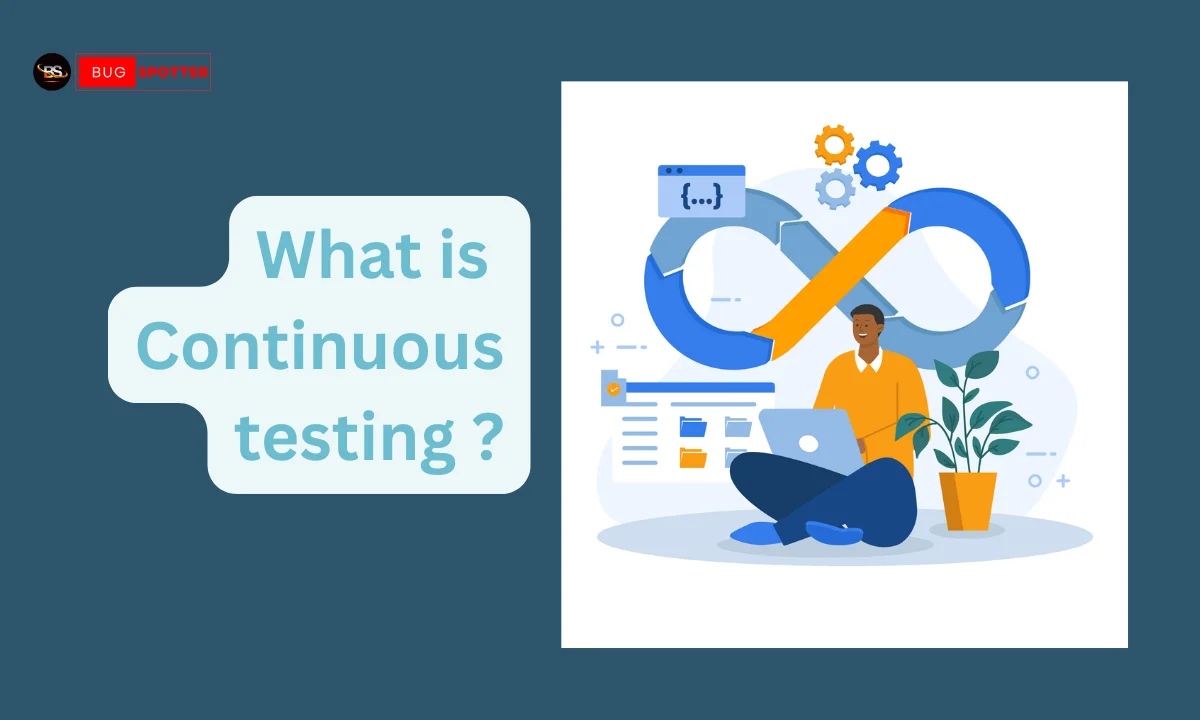
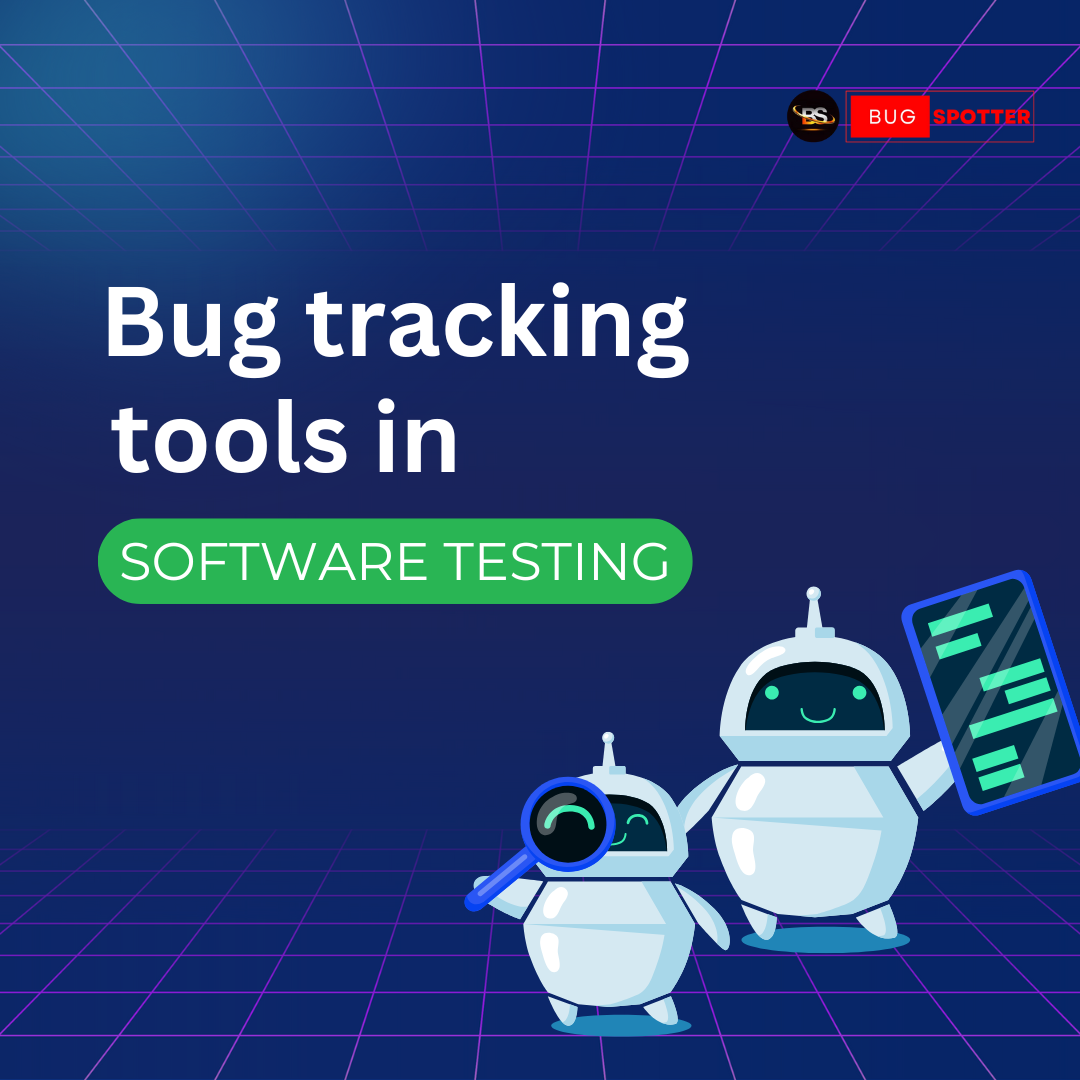
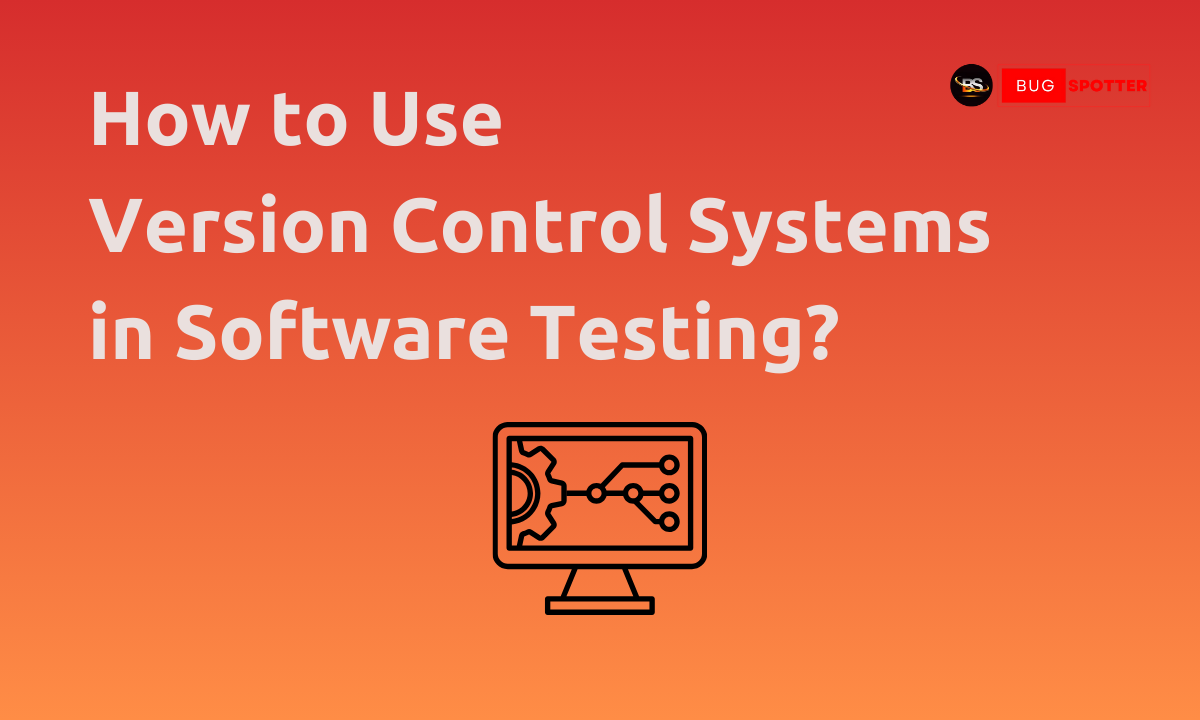
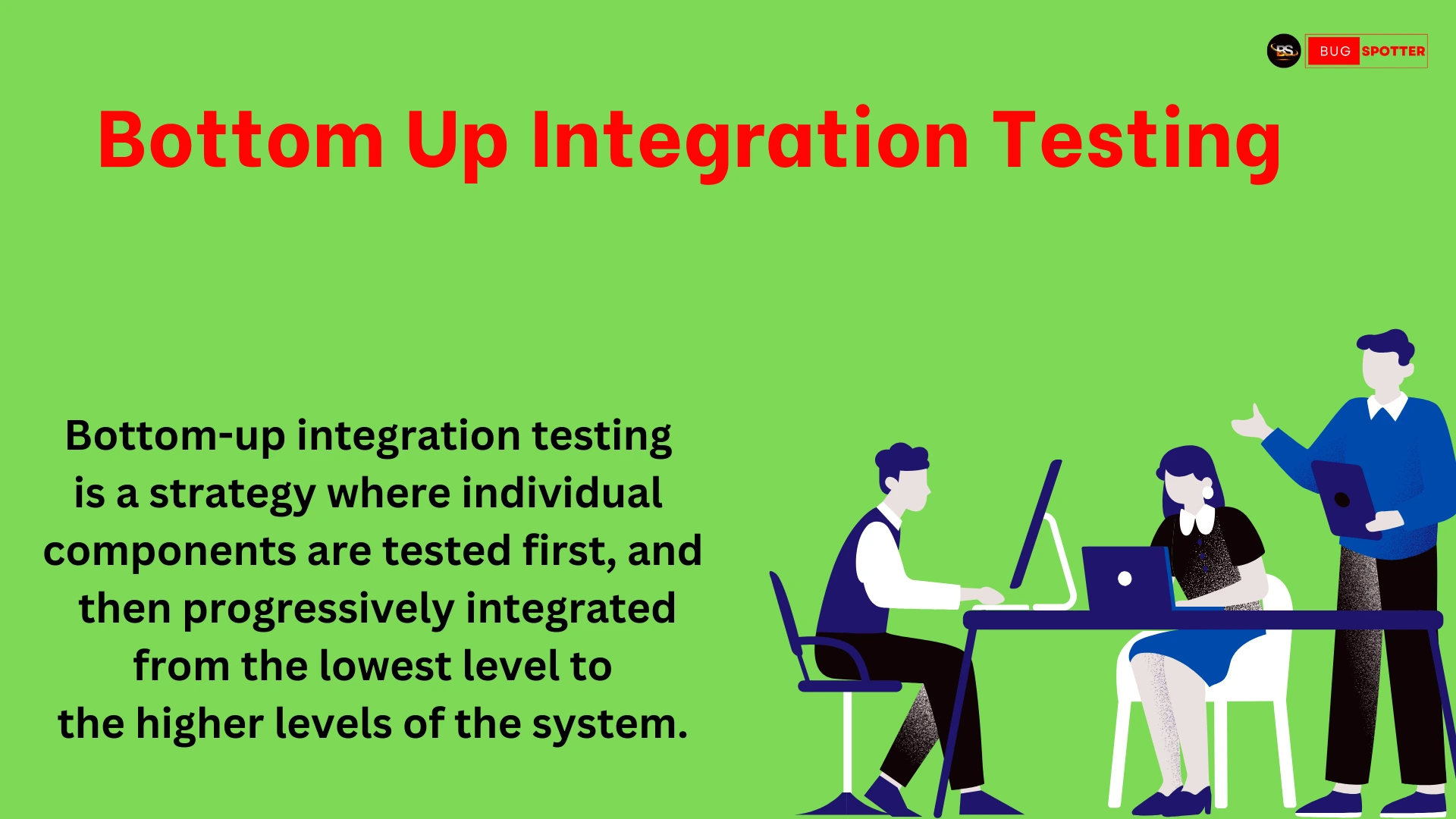

Categories
- Artificial Intelligence (5)
- Best IT Training Institute Pune (9)
- Cloud (2)
- Data Analyst (55)
- Data Analyst Pro (15)
- data engineer (18)
- Data Science (104)
- Data Science Pro (20)
- Data Science Questions (6)
- Digital Marketing (4)
- Full Stack Development (7)
- Hiring News (41)
- HR (3)
- Jobs (3)
- News (1)
- Placements (2)
- SAM (4)
- Software Testing (70)
- Software Testing Pro (8)
- Uncategorized (33)
- Update (33)
Tags
- Artificial Intelligence (5)
- Best IT Training Institute Pune (9)
- Cloud (2)
- Data Analyst (55)
- Data Analyst Pro (15)
- data engineer (18)
- Data Science (104)
- Data Science Pro (20)
- Data Science Questions (6)
- Digital Marketing (4)
- Full Stack Development (7)
- Hiring News (41)
- HR (3)
- Jobs (3)
- News (1)
- Placements (2)
- SAM (4)
- Software Testing (70)
- Software Testing Pro (8)
- Uncategorized (33)
- Update (33)


